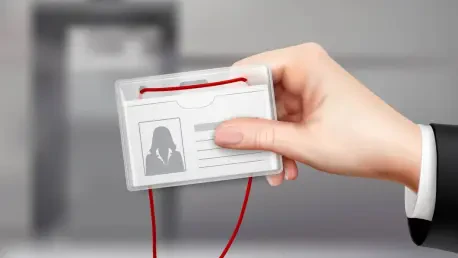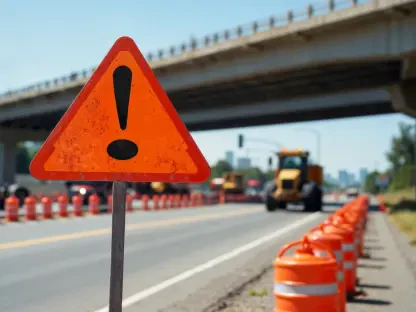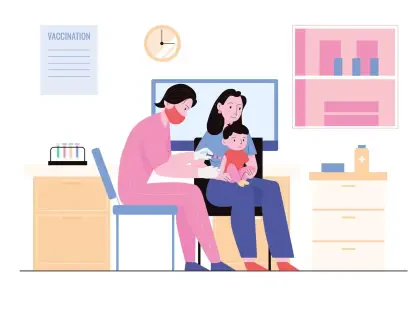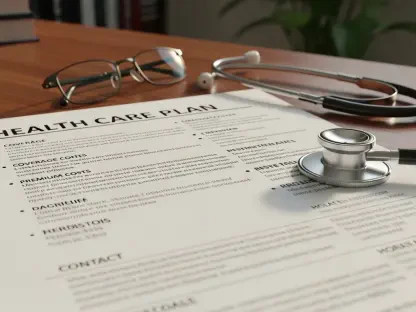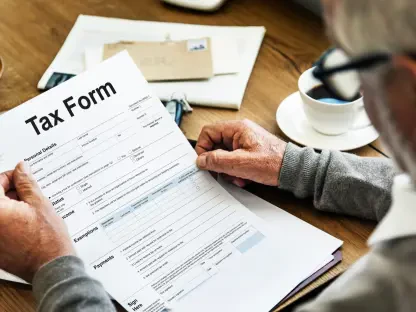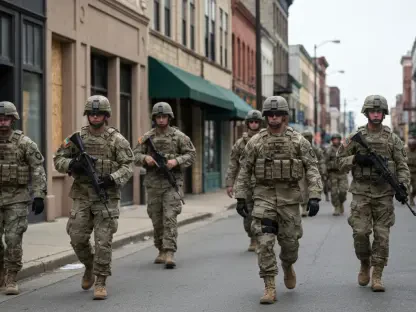I’m thrilled to sit down with Donald Gainsborough, a political savant and leader in policy and legislation, who heads Government Curated. With his extensive expertise in criminal justice reform and social reintegration, Donald offers invaluable insights into innovative programs designed to support vulnerable populations. Today, we’ll dive into a groundbreaking pilot initiative in New York City aimed at helping formerly incarcerated individuals obtain government-issued IDs upon release from Rikers Island. Our conversation explores the challenges of reentry, the importance of accessible identification, the mechanics of inter-agency collaboration, and the broader impact of municipal ID programs on community reintegration.
Can you share what sparked the idea for this six-month pilot program at Rikers Island to provide IDs for those being released?
The inspiration came from recognizing a critical gap in the reentry process. Many individuals leave incarceration without a valid ID, which creates a domino effect of barriers. We saw that without identification, basic steps like securing housing or applying for benefits become nearly impossible. The idea was to intervene early, while people are still in custody, to ensure they have this essential tool the moment they step out. Focusing on ID access specifically emerged from data showing how often this single issue derails reintegration efforts.
Why is a government-issued ID such a game-changer for people reentering society after incarceration?
An ID is often the first key to unlocking a stable life after release. Without it, you can’t open a bank account, rent an apartment, or even access public benefits that are meant to support reentry. It’s a foundational piece of identity that proves who you are in a world that demands documentation for almost everything. For example, we’ve seen cases where someone misses out on transitional housing simply because they couldn’t provide ID during the application window, forcing them into unstable situations.
How does this new pilot program integrate with the existing IDNYC initiative in New York City?
The pilot builds directly on the IDNYC framework, which has been a lifeline for vulnerable groups since 2015. It targets individuals at Rikers Island who have at least three months left in their sentence, giving them time to apply while still in custody. The process is streamlined so they can complete enrollment on-site, ensuring they leave with a municipal ID in hand rather than starting from scratch after release. It’s about leveraging an already successful program to address a very specific need.
What role does the partnership between the Human Resources Administration and the Department of Correction play in making this program work?
This collaboration is the backbone of the initiative. The two agencies break down traditional data silos by sharing critical information to verify identities—things like birth certificates or residency records. By working together, they eliminate redundant steps that would otherwise delay the ID process. It’s a model of how government entities can align their resources to solve real-world problems, ensuring that logistical hurdles don’t stand in the way of someone’s fresh start.
How are you ensuring that sensitive data is handled responsibly during this inter-agency collaboration?
Data privacy was a top priority from the start. We implemented rigorous training for staff from both agencies on handling personal information, making sure everyone understands the legal and ethical boundaries. Protocols were established to limit what data is shared and how it’s used, strictly adhering to confidentiality rules. While setting up this system had its challenges—like aligning different agency policies—the focus on security has helped build trust in the process.
Could you describe the setup at Rikers Island for processing these ID applications?
We’ve installed a dedicated computer and camera system right at the facility, which allows us to handle applications and take ID photos on-site. This setup cuts down wait times significantly because individuals don’t have to navigate external offices or wait until release to complete the process. Having the photo taken before they leave means the ID is ready to go, removing one more obstacle from their transition back into the community.
What kinds of opportunities open up for people once they have these municipal ID cards in hand?
Beyond the basics like housing and banking, these IDs unlock a wide range of services. They’re accepted for registering with the city’s insurance marketplace, getting care at local hospitals, and even accessing cultural perks like museum discounts or free zoo memberships. They’re recognized by city agencies, schools, and many public spaces, making them a versatile proof of identity that helps people rebuild connections and participate fully in community life.
How has the broader IDNYC program been performing in recent years, and what does that say about the demand for such services?
The IDNYC program has seen steady growth, with an 8% increase in cards processed in fiscal year 2025 compared to the previous year. What’s more impressive is that 97% of those cards are delivered within two weeks of application. This uptick reflects a growing recognition of how vital accessible identification is, especially for marginalized groups. It shows there’s a real hunger for solutions that address systemic barriers, and it gives us confidence that expanding efforts like this pilot can meet a critical need.
What is your forecast for the future of programs like this that support reentry through accessible identification?
I’m optimistic that we’ll see more initiatives like this pilot take root, not just in New York City but across the country. As we gather data on the impact—how IDs reduce recidivism or speed up access to services—I believe we’ll build a strong case for scaling these efforts. The future lies in deeper inter-agency cooperation and investment in proactive solutions that empower people from day one of their release. If we keep prioritizing dignity and access, we can transform reentry into a true second chance.
